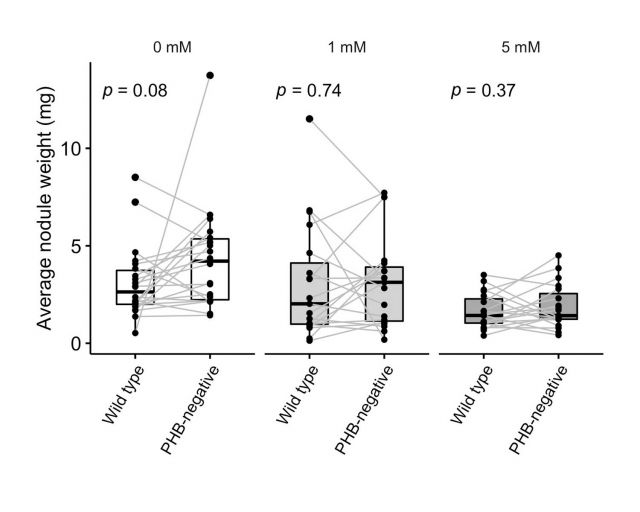New Paper in Ecology and Evolution highlights undergrad research!

Another chapter of a long history coming to a close! This paper uses two Rhizobium etli strains that were the basis of my first experiment in grad school. It failed. And I moved on to another topic, but I was always fascinated by the idea of using them in an experiment. After a few years in grad school, I teamed up with a high school student, Tiffanie Faye Stone, to mentor her on her science project, which we worked on every weekend for 6 months (because she had school during the week day). We inoculated the two strains either together or separately on legume hosts to see if mediocre nitrogen-fixers fair better alone or on a host with a better-fixer. Her results were slightly different than the results from the new experiment in this publication, but she won the state science fair and went on to compete at the international level (I don't really remember... it was >10 years ago). Now, 10+ years later...this new study is a collaboration with Dr. Katherine E. Muller and Prof. Ford R. Denison, who measured the nitrogen fixation efficiencies of these two strains and confirmed, what we believed all these years, that the wild-type strain is less efficient than the PHB-negative strain. Andres Jimenez Salinas (now PhD student at San Diego SU and UC-San Diego) and Randy Ho, two amazing undergraduate students in my lab at the time, then did a similar experiment as Tiffanie's but added nitrate to some. The take-away message is: if you're a mediocre partner in a mututalism, you can avoid sanctions in fertilized soil (i.e., an environment where your service is not in high demand) - plant host will allocate less resources to you but not any less than other nodules.